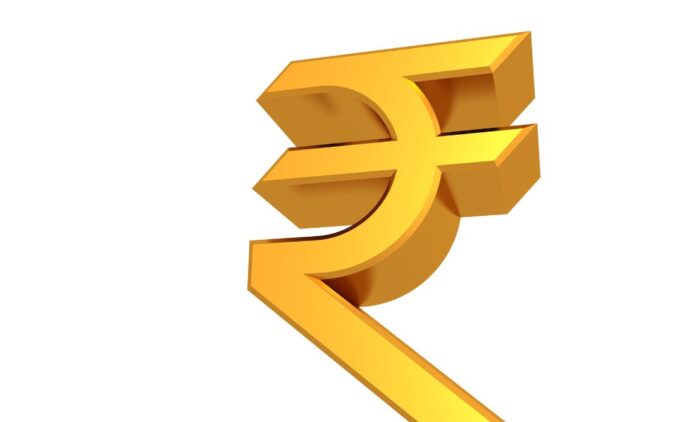A Central Bank Digital Currency (CBDC) is a digital version of normal paper currency, issued and backed by a country’s central bank. Many central banks around the world are currently working on Central Bank Digital Currency (CBDC) projects, with some countries in the early stages of exploring potential uses and others already implementing them, such as the Bahamas and Nigeria. The Reserve Bank of India made history on December 1, 2022, by launching the first pilot program for the Retail Digital Rupee (e₹-R). With the increasing popularity of digital payments and advancements in technology, the introduction of CBDCs is the next step in the evolution of money. This blog post will delve into all aspects of India’s Central Bank Digital Currency.
What is Central Bank Digital Currency?
India’s Central Bank Digital Currency(e₹), or CBDC, is defined as the legal tender issued by the Reserve Bank of India in a digital form. This means that it is similar to the paper currency that we are used to, but it exists in a digital form and can be exchanged at par with the existing currency. The Digital Rupee (e₹) is the official name of India’s CBDC and it is intended to be accepted as a medium of payment, legal tender, and a safe store of value. This means that it can be used to make purchases and transactions, it is recognized by the government as a legitimate form of currency, and it is considered to be a secure form of storing value.
How is it different from Cryptocurrencies?
It is the same as a fiat currency and is exchangeable one-to-one with paper currency. Only its form is different. The digital rupee is a currency that the RBI issues and the digital rupee will have the same function, but it won’t be a decentralised asset like cryptocurrencies. The digital rupee will be a currency issued by central banks responsible for governing and managing the asset.
Why India needs Digital Rupee?
The main reasons for looking into creating a digital currency in India are to lower the cost of managing physical cash, make it easier for everyone to access financial services, make the payment system more reliable and efficient, improve the way money is settled, encourage new ways of making cross-border payments, and give people the benefits of using digital currencies without the risks.
Will CBDC replace Paper Currency?
The goal of CBDC is not to replace paper currency, but to complement it and provide another option for people to use. This means that even if CBDC is implemented, paper money will still be a valid form of payment and will continue to be used by those who prefer it.
Types of CBDC (e₹)
CBDC can be classified into two broad types, viz. general purpose or Retail (CBDC-R) and Wholesale (CBDC-W).
- Retail (CBDC-R): Retail CBDC would be potentially available for use by all viz. private sector, non-financial consumers and businesses. Retail CBDC is an electronic version of cash primarily meant for retail transactions. Retail CBDC can provide access to safe money for payment and settlement as it is a direct liability of the Central Bank.
- Wholesale CBDC (e₹-W): Wholesale CBDC is designed for restricted access to select financial institutions. Wholesale CBDC is intended for the settlement of interbank transfers and related wholesale transactions. Wholesale CBDC has the potential to transform settlement systems for financial transactions and make them more efficient and secure.
Forms of CBDC (e₹)
CBDC can be structured as ‘token-based’ or ‘account-based’. A token-based CBDC is a bearer instrument like banknotes, meaning whosoever holds the tokens at a given point in time would be presumed to own them. On the other hand, an account-based CBDC keeps records of all holders’ balances and transactions, showing who owns the monetary amounts.
Considering the features offered by both the forms of CBDCs, a token-based CBDC is viewed as a preferred mode for CBDC-R as it would be closer to physical cash, while an account-based CBDC may be considered for CBDC-W.
Features of India’s CBDC (e₹)
- Sovereign currency issued by the central bank
- Is a liability on the central bank’s balance sheet
- Accepted as a medium of payment or legal tender
- Freely convertible against cash
- Holders need not have a bank account
- Lowers cost of issuance of money and Transactions
Difference between UPI and a CBDC (e₹) Transaction
UPI transactions involve bank intermediation, where funds are transferred from one bank account to another. digital rupee transactions allow the direct transfer of funds from one digital wallet to another, similar to cash transactions, without the intermediation of a bank.









